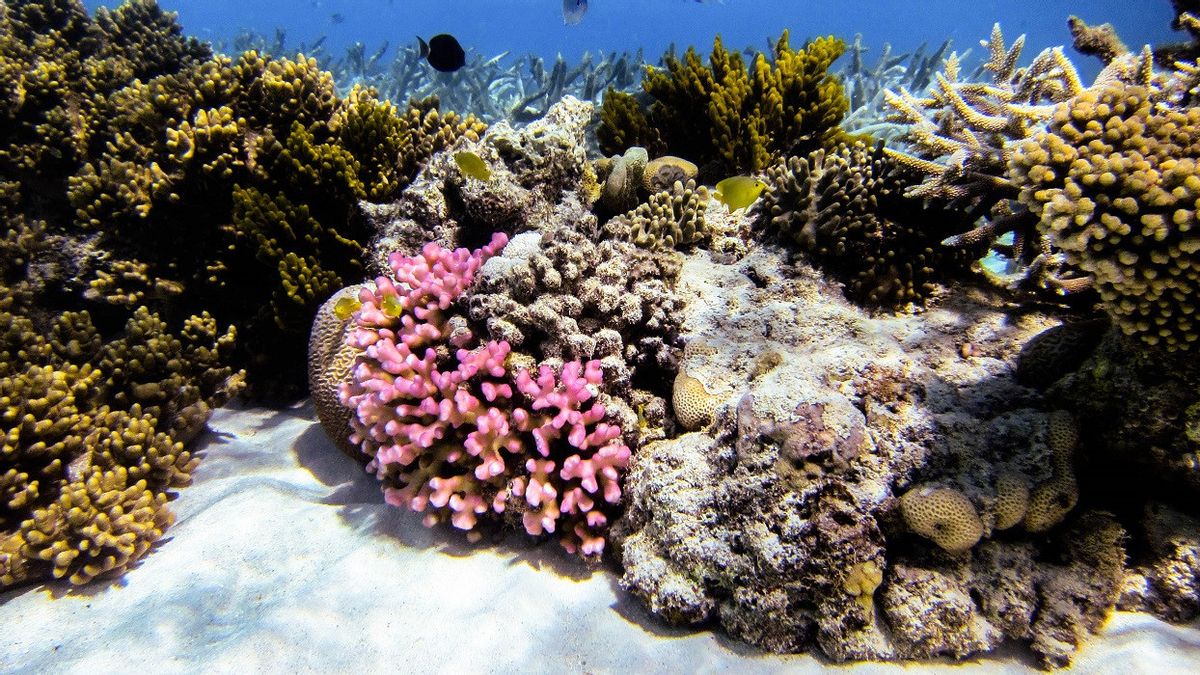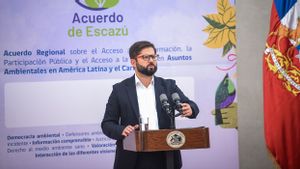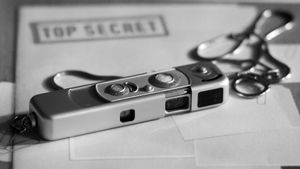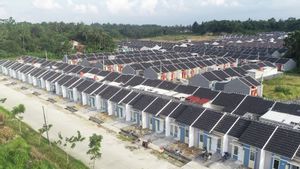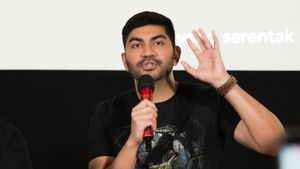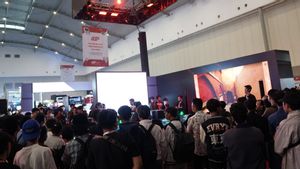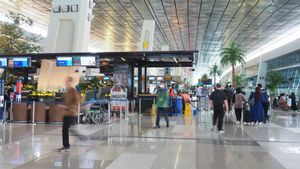JAKARTA - Scientists working on Australia's Great Barrier Reef have successfully trialled a new method of freezing and storing coral larvae that they say could help restore reefs threatened by climate change.
Scientists scramble to protect coral reefs as rising ocean temperatures destabilize fragile ecosystems. The Great Barrier Reef has recently experienced four bleaching events in the last seven years, including the first bleaching during the La Nina phenomenon, which usually results in cooler temperatures.
Cryogenically frozen coral can be stored and then reintroduced into the wild, but the current process requires sophisticated equipment including lasers. Scientists say the new "cryomesh" is lightweight, can be produced cheaply and can better preserve coral.
In December laboratory trials, the world's first with Great Barrier Reef corals, scientists used cryomesh to freeze coral larvae at the Australian Institute of Marine Sciences (AIMS). Coral had been collected from the reef for the experiment, which coincided with a short annual spawning window.
"If we can secure coral biodiversity, then we will have the tools in the future to really help restore coral reefs and these technologies for future reefs are really game-changing," Mary Hagedorn, senior research scientist at the Smithsonian National The Zoo and Conservation Biology Institute told Reuters from the AIMS laboratory, as quoted by Reuters December 21.
Cryomesh has previously been trialled on both smaller and larger varieties of Hawaiian coral. Trials on the larger variety failed.
Trials continued with the Great Barrier Reef's larger varieties of coral.
It said the trial involved scientists from AIMS, the Smithsonian National Zoo and Conservation Biology Institute, the Great Barrier Reef foundation and the Taronga Conservation Society of Australia as part of the Coral Restoration and Adaptation Program.
VOIR éGALEMENT:
The mesh technology, which will help store coral larvae at -196C (-320.8°F), was devised by a team from the University of Minnesota's College of Science and Engineering, including Dr Zongqi Guo, postdoctoral researcher and Professor John C. Bischof. It was first tested on coral by Ph.D student Nikolas Zuchowicz.
"This new technology that we have will allow us to do it at a scale that can really help support several aquaculture and restoration interventions," said Jonathan Daly of Australia's Taronga Conservation Society.
The English, Chinese, Japanese, Arabic, and French versions are automatically generated by the AI. So there may still be inaccuracies in translating, please always see Indonesian as our main language. (system supported by DigitalSiber.id)
